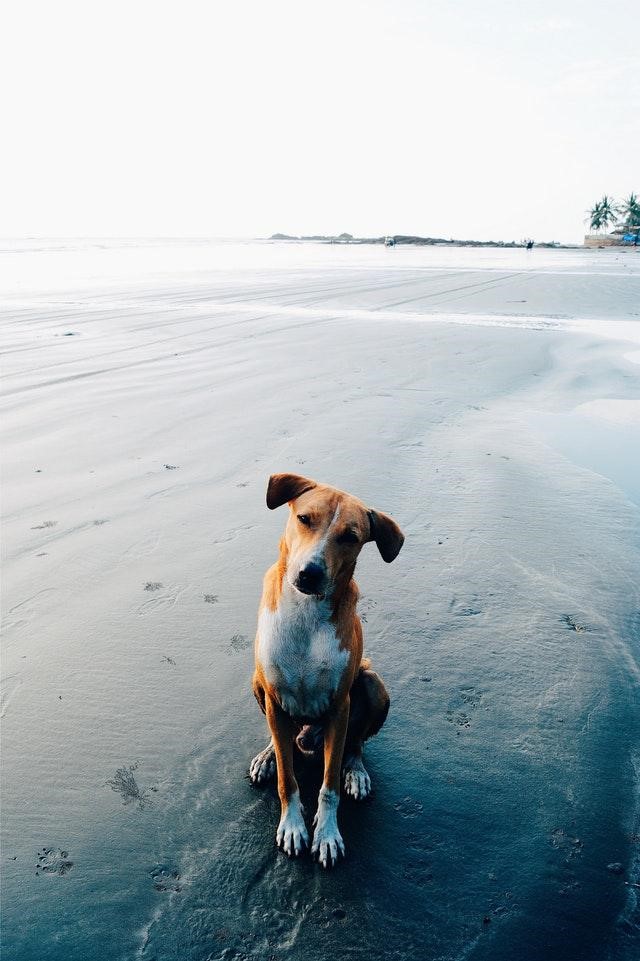Many people already count their pet as a family member. This is because they relate to them like humans and cannot imagine spending time away from their pets. As a result, it’s not surprising that such a class of people will prefer to have their pets on vacation or any trip.
Travel with your pet is fun and exciting as it provides a rare opportunity to see another side of your pet. You get to observe how your pet behaves and reacts to a new environment, strange people, and unfamiliar pets.
Even for some people, a trip is no fun if the family pet isn’t available. While many pets love to travel, it can be very stressful for you and your pet. However, with adequate planning before the journey, be rest assured that your trip will be stress-free with your pet. Besides, since you will be venturing into unfamiliar territory, keeping some safety protocols in mind is essential.
The following tips should be considered while planning a trip with your pet
1. Restrain your pet
It isn’t safe for you or your pet if they are jumping around the car, train, or whatever means you are transporting yourself with. Even while driving, it will be a form of distraction for your pet to be hopping around in the car.
One of the safest ways for him to travel is in a carrier that has been strapped to the seat with a seatbelt. Also, when taking a walk, use a harness. There are top-quality dog, and cat harnesses with fantastic designs.

2. Have your pet’s current medication and Know about Local vet services
Current medications and preventive medication ranging from flea, tick, and heartworm prescription should be carried along when travel. Also, make sure you get adequate information on a list of veterinary and emergency services that are accessible to your dogs in cases of emergency.
Ensure you have a checkup for the pet as soon as you arrive at your destination and before the journey to ascertain the pet’s fitness for the intended trip. Dealing with a sick pet on a trip is a nightmare you don’t want to be faced with
3. Limit the food intake before a long trip and bring your water
For a very long distance, ensure your pet takes a small portion of food three to four hours before the trip, as this will not cause any form of stomach discomfort for the pet. If possible, they should travel on an almost empty stomach to prevent accidents and stomach upset.
Also, when you get to your destination, make sure not to introduce your pet to any strange food they are not familiar with. As a result, pack enough food that will last for the duration of the journey. Likewise, drinking water from an unfamiliar source may result in complications for the pet.
Also Read: “Travel on a Budget – The Ultimate Guide to Travel Frugally“
4. Have your pet wear a tag
Some pets are naturally curious, so they might want to wander about while on the journey. Dealing with a lost pet is a nightmare that could spoil your trip and ruin the experience.
This makes it extremely important for your pet to have a microchip. With this, you can easily find your pet should they wander around. Also, ensure that pups have a collar with an ID tag, including your home address, cell phone number, vaccination, and allergies. Ensure whatever tag your pet is wearing doesn’t choke them in the process.

5. Allow stopover during the journey and never leave a pet alone in the car.
If you are not travel by air, ensure you stopover at strategic places. This is important for your pets to get some fresh air, stretch their legs and walk around to prevent embolism that may occur from a long hour of restraints.
It is also essential to prevent suffocation as this is common for a pet traveling straight up a very long distance without adequate ventilation. Don’t leave your pet alone in the car; always have someone stay behind.
6. Prepare for Emergencies
No one plans or wishes for bad occurrences, but they occur at times. As a result, planning for emergencies will go a long way to avoid any complications on the trip. You can do this by traveling with a first aid kit to take care of emergencies, accidents, injuries, allergies, etc. For example, for a pet that eats anything that triggers an allergy, Benadryl is a suitable substance. If you also need to induce vomiting, hydrogen peroxide will be of great help.
Make sure to have basic supplies in your first aid kit. Simple things like gloves, gauze, medical tape, cotton wool, etc., will help. You can also install a red cross app on your mobile device to take care of various injuries.

Conclusion
Traveling with your pet does not have to be a nightmare. You can have a terrific time on your trip with your pet. However, it is a factor in your planning and level of preparation. This article has discussed handy tips with which you can have a safe trip with your pet.
